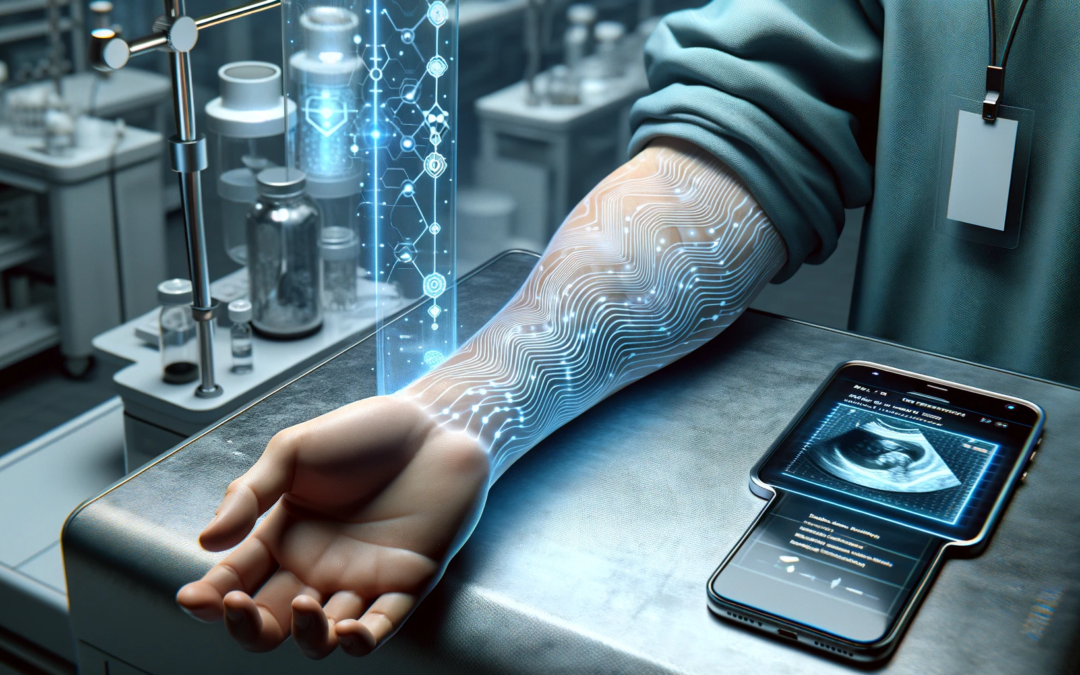In a groundbreaking development, researchers at the Massachusetts Institute of Technology (MIT) have unveiled a revolutionary method for storing medical information: an invisible dye embedded beneath the skin’s surface. This cutting-edge technology, at the intersection of biotechnology and data science, marks a significant stride forward in the way we manage and access personal medical records.
The Science Behind the Breakthrough
This innovative technology utilizes a specialized dye, invisible to the naked eye, that can be read with specific smartphone-enabled devices. The dye, consisting of nanocrystals called quantum dots, is embedded in a biocompatible material and placed under the skin’s surface. The quantum dots within this dye emit near-infrared light that can be detected and read by specially equipped smartphones, revealing encoded health information.
Transforming Medical Data Accessibility
The primary advantage of this technology is the instant accessibility of a person’s medical history. In emergency situations, where quick access to a patient’s medical records is crucial, this technology can be a lifesaver. With just a scan of the skin, medical professionals can access vital information such as a patient’s allergies, medical conditions, vaccination history, and more.
Ensuring Privacy and Security
The concerns of privacy and data security are paramount in the application of this technology. MIT’s approach addresses these concerns by storing data in a way that is accessible only through specialized equipment. Moreover, the invisible nature of the dye ensures discretion and maintains the individual’s privacy, as the information cannot be seen by the naked eye.
Ethical and Societal Implications
As with any technology that involves personal data, there are significant ethical implications to consider. Consent and the right to privacy are crucial aspects that need to be addressed. The potential for misuse or unauthorized access to this data also raises questions that must be carefully considered as this technology develops.
The Road Ahead
MIT’s development of this invisible ink for storing medical data under the skin is a glimpse into the future of medical record-keeping. As this technology progresses, it could revolutionize not only how we access and manage personal health information but also pave the way for new forms of bio-secure data storage and retrieval.
In conclusion, MIT’s invisible ink technology has the potential to revolutionize the way we store and access medical data. With its ability to provide instant access to vital information, it can greatly improve emergency medical care. However, ethical considerations and data security must be carefully addressed to ensure the responsible and secure implementation of this technology. As we move forward, this breakthrough could pave the way for new advancements in bio-secure data storage and retrieval, ushering in a new era of health information management.










